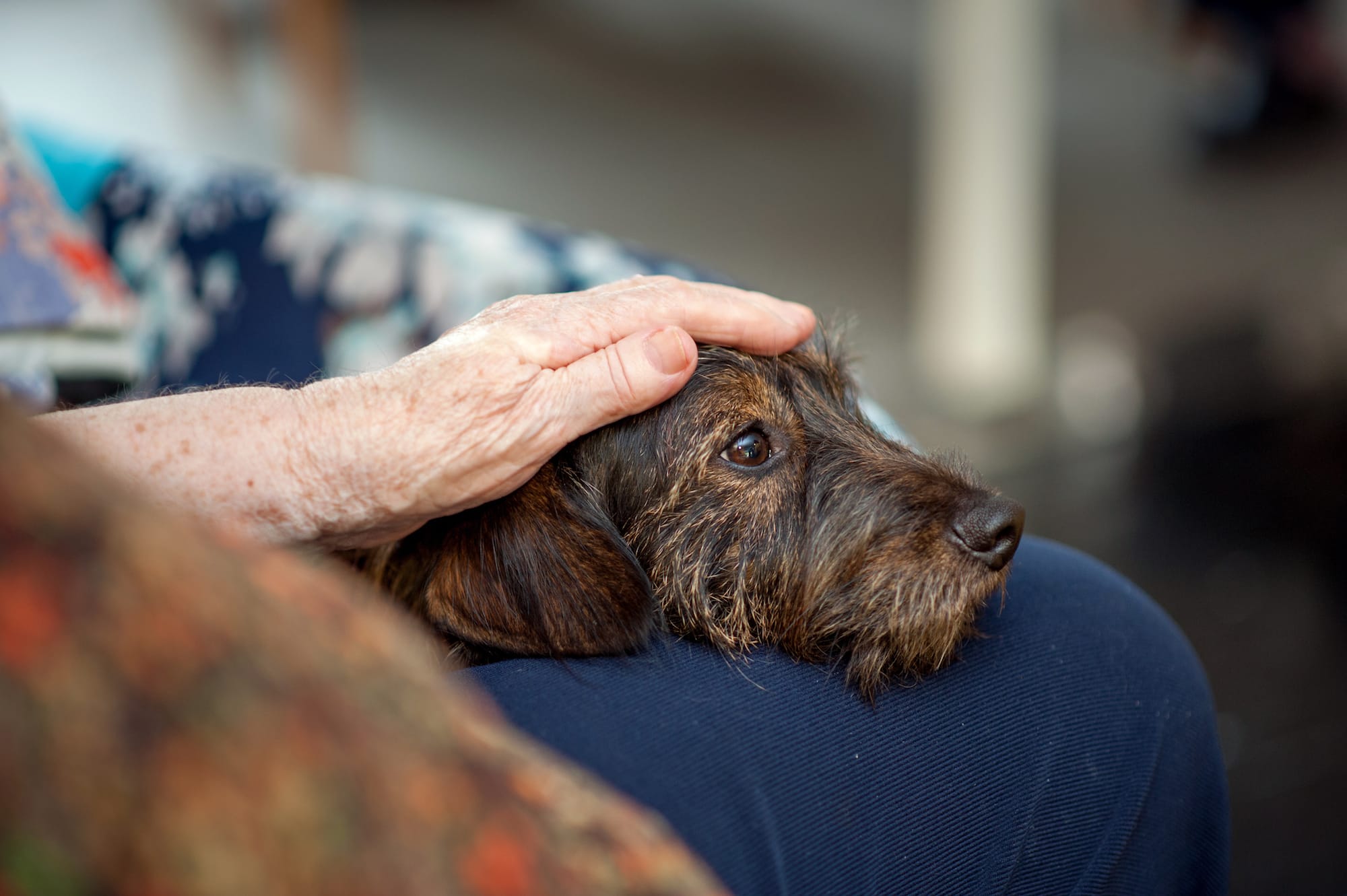Learn : Food & Nutrition
The Importance of Consistent Feeding
As discussed in our article on the importance of consistent behavior for pet parents, a daily routine helps to give your dog a baseline for what to expect in her daily life, as well as to establish you in her eyes as her fair and gentle pack leader. Over time, following a consistent daily routine allows your dog to trust you and respect you, and this includes when she is eating. This powerful effect extends to mealtimes as well, and establishing stable feeding rituals is one of the best things you can do for your relationship with your dog and for your dog’s health in general.
How Do I Determine the Best Schedule?
This depends on you and your dog. If your dog is still a puppy, she may be eating up to four times throughout the day. (Frequent, small meals are ideal as she is growing.) As your puppy gets older, you should eventually drop down to fewer meals per day. Read more about puppy feeding schedules here. For adult dogs, twice daily is a good standard.
Regardless of life stage, try to space out the meals evenly throughout the day, and stick to a well-defined schedule. It does not matter so much whether you choose to feed your dog at 5 am or at 9 am each morning, as long as it stays consistent over time.
What If I Need to Make Changes?
You may decide you need to make changes to add more nutrients to your dog's diet. As with any change to her schedule, make amendments to her diet as gradually as you can. However, try not to get too caught up over this. If you cannot possibly avoid a sudden change to your dog’s feeding schedule, she should be fine. After all, a skipped meal or two should not harm your dog in any way—stubborn dogs sometimes refuse to eat for a few days with no ill-effects. Simply make your best effort to stay consistent with her diet over time.
My Dog is Picky, Can I Free-Feed Her?
You may feel inclined to feed your dog as much as she likes, keeping dog food available at all times. It may seem convenient, and like you are doing your dog a favor. In most cases, however, it is much better to settle on definite times for your dog to be fed.
Bear in mind: if you have been free-feeding your “picky dog,” your dog is most likely exhibiting picky behavior because of exactly that. She can and should learn to eat at regular mealtimes if you take ownership of the situation and offer food only at specific times.
By managing when and how much you feed your dog, you are taking advantage of a golden opportunity to bond with your dog and establish yourself as the leader of her pack. When you are so obviously the person who controls your dog’s diet, (which is extremely high-value to your dog), she concludes that you out-rank her, socially. Take benevolent control of her schedule and allow her to see you as the gentle alpha.
Using Feeding Time as Training Time
Reinforce positive mealtime behavior in your dog by rewarding her for patiently sitting and waiting for her dog food. Mealtime presents an excellent opportunity to train your dog to control herself. If your dog becomes overly excited before or during the preparation of her meals, bring the process to a halt entirely—walk out of the kitchen if you have to. Encourage her to sit and wait before you continue, and make sure she understands that only good manners are rewarded.
How Do I Train My Dog to Stop Begging?
Though not directly related to mealtime, begging is a behavioral issue that is equally the responsibility of the pet parent. If your dog has been begging, you must be patient and firm with her. Ignore her undesirable behavior, and do not give in to those puppy-dog eyes!
As well, take care to manage visitor and household member behavior in this area—ensure that everyone is in agreement and that her begging goes ignored every single time. It may take quite a while, but your dog should eventually realize that her begging is inappropriate.
What If My Dog Refuses to Eat?
First, you should determine if your dog is truly sick or simply exhibiting picky behavior. Most of the time, when dogs with no underlying medical condition refuse to eat, they have failed to learn proper mealtime behavior—or rather, their human has failed to enforce it!
Try the following experiment: The next time you put your dog’s dish down, set a timer for thirty minutes. After that period, remove your dog’s dish. If she has left most or all of her food in the bowl, she has chosen to skip her meal. Withhold treats and dog food until her next planned meal of the day, and repeat the process. Given time, she should adapt to the feeding schedule you choose.



 Senior Dog Food
Senior Dog Food
 Well Balanced & Portioned Puppy Food
Well Balanced & Portioned Puppy Food
 What Is NomNomNutrient Mix?
What Is NomNomNutrient Mix?
 Why Is My Dog Refusing Dinner?
Why Is My Dog Refusing Dinner?